Wine Aging Techniques Explained
Wine aging is a crucial step in winemaking that can dramatically affect the flavor, aroma, and overall quality of the wine. Understanding different wine aging techniques is essential for any wine enthusiast looking to start their own wine collection. This article will explore various wine aging techniques, from traditional oak barrels to modern innovations, providing you with insights on how they impact the final product and the experience of enjoying wine.
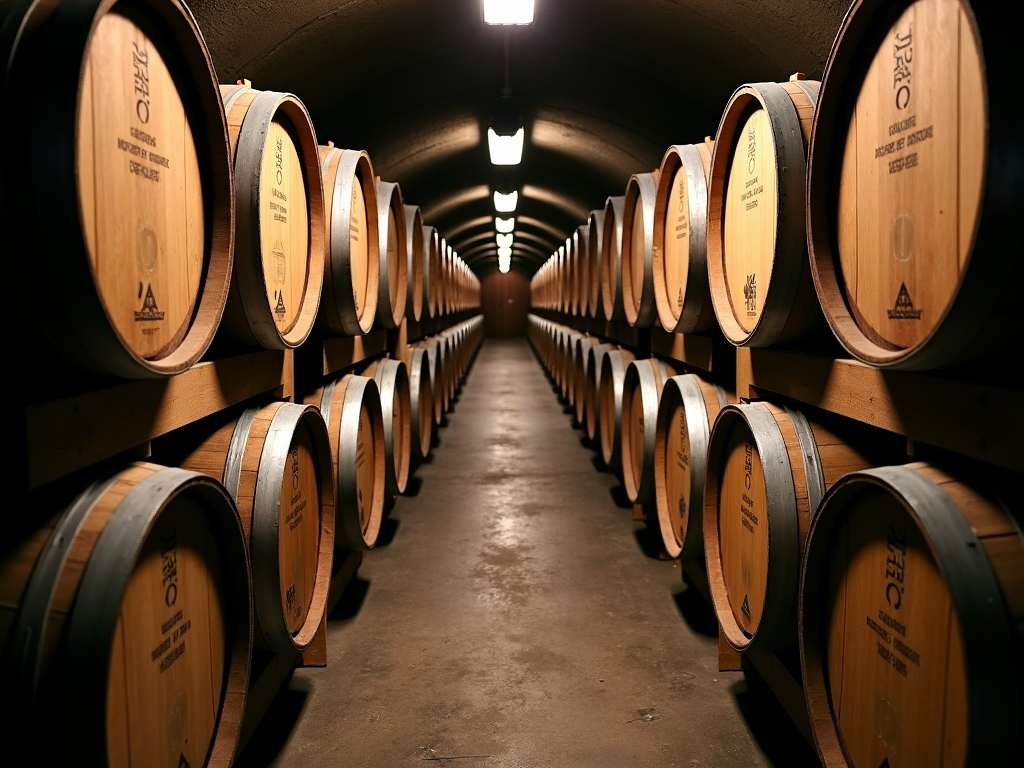
Understanding Wine Aging Techniques
Wine aging techniques can be broadly categorized into traditional and modern methods. Each method influences the wine's character in unique ways, and trying different techniques can help you discover your personal taste. Let's dive into some of the most popular aging techniques.
1. Oak Barrel Aging
One of the most traditional methods, oak barrel aging, is prized for the depth of flavor it imparts to the wine. Oak barrels are often used to age red wines and some white wines, as they contribute complex flavors such as vanilla, spice, and toast.
There are two primary types of oak used: - French Oak: Known for its fine grain and ability to add subtle spices and vanilla notes. - American Oak: Has a wider grain and often imparts bolder flavors like coconut and sweet spice.
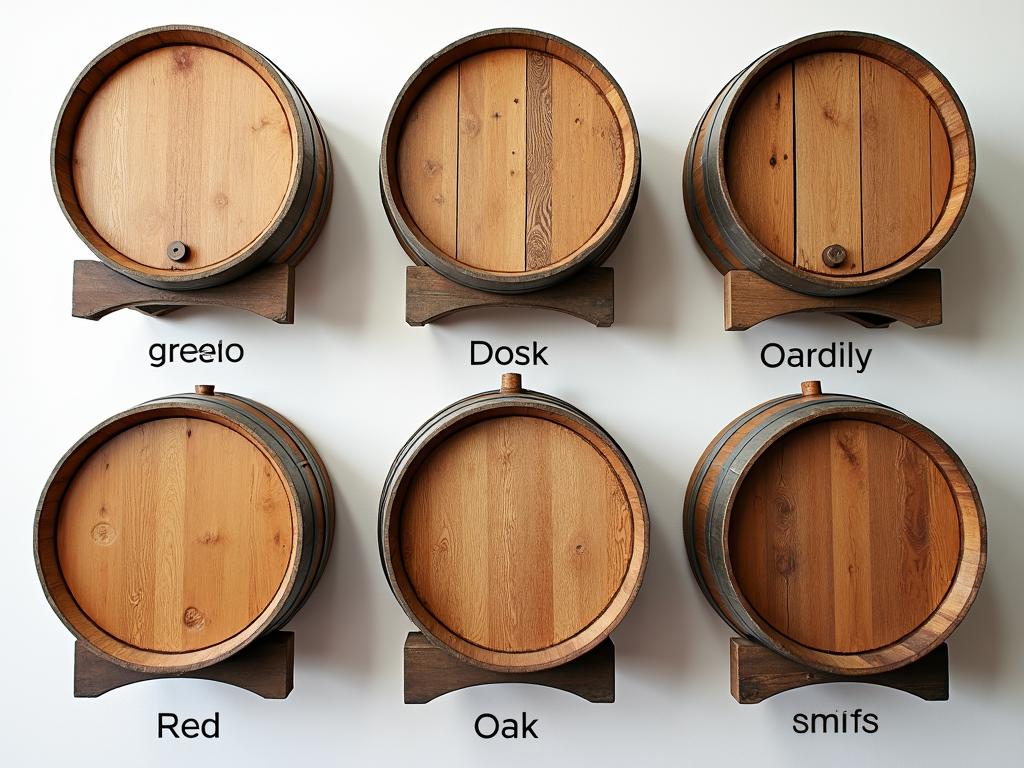
Each barrel can also be toasted to varying degrees, which further alters the flavor profile. Understanding these nuances can help you start your own wine collection, tailored specifically to your taste preferences.
2. Stainless Steel Tanks
In contrast to oak barrels, stainless steel tanks are favored for their ability to preserve the wine's freshness and fruitiness. Wines aged in stainless steel tend to have a cleaner taste, allowing the varietal characteristics to shine through without the interference of wood flavors. This method is particularly popular for white wines and younger reds.
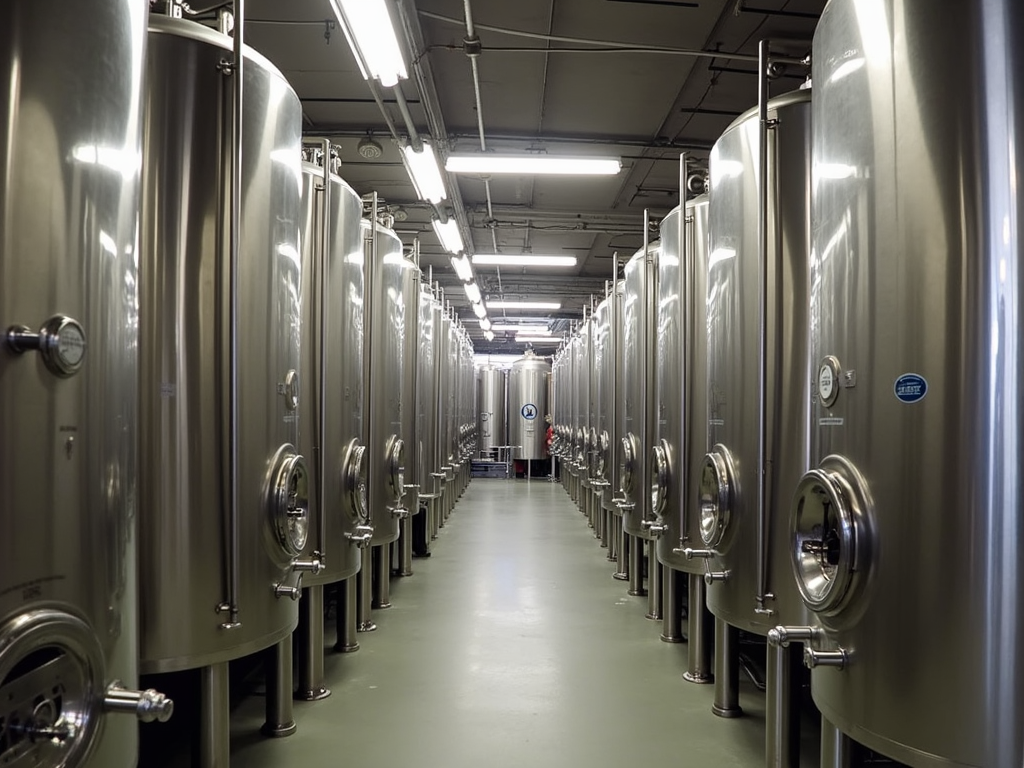
3. Concrete Eggs
Concrete egg fermentation has gained traction in recent years. These unique vessels promote gentle micro-oxygenation, which can enhance the texture of the wine. The shape of the egg allows for natural stirring, leading to a more rounded mouthfeel and depth of flavor.
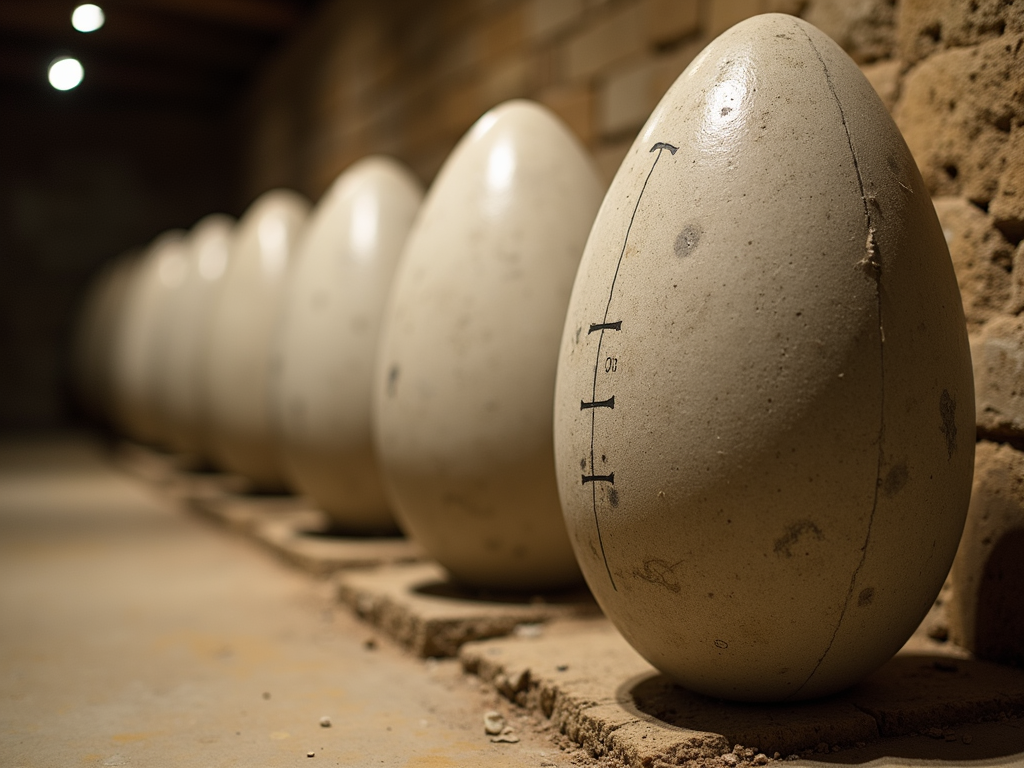
4. Amphora Aging
This ancient technique involves aging wine in clay vessels. Amphorae are traditional large clay jars that allow for a unique interaction with the wine. This method provides minimal oxidation and imparts earthy characteristics, making it a fascinating option for adventurous wine lovers.
Emerging Techniques
Recent innovations such as underwater aging and even aging in space have also come into the limelight. Though still experimental, these methods offer intriguing possibilities for creating unique flavor profiles and exploring the boundaries of winemaking.

Beringer's Wine Production Process
Let’s take a closer look at a well-known winery: Beringer. Founded in 1876, Beringer’s wine production process incorporates a seamless blend of traditional and modern techniques. They primarily use French and American oak barrels, allowing them to create complex flavor profiles that speak of their rich heritage.
Beringer’s vineyards span various microclimates, enabling them to produce diverse wine styles. This diversity is reflected in their aging techniques, where they often experiment with both new and used barrels to achieve the desired flavor balance. For anyone looking to understand further how aging affects wines, Beringer serves as a prime example.
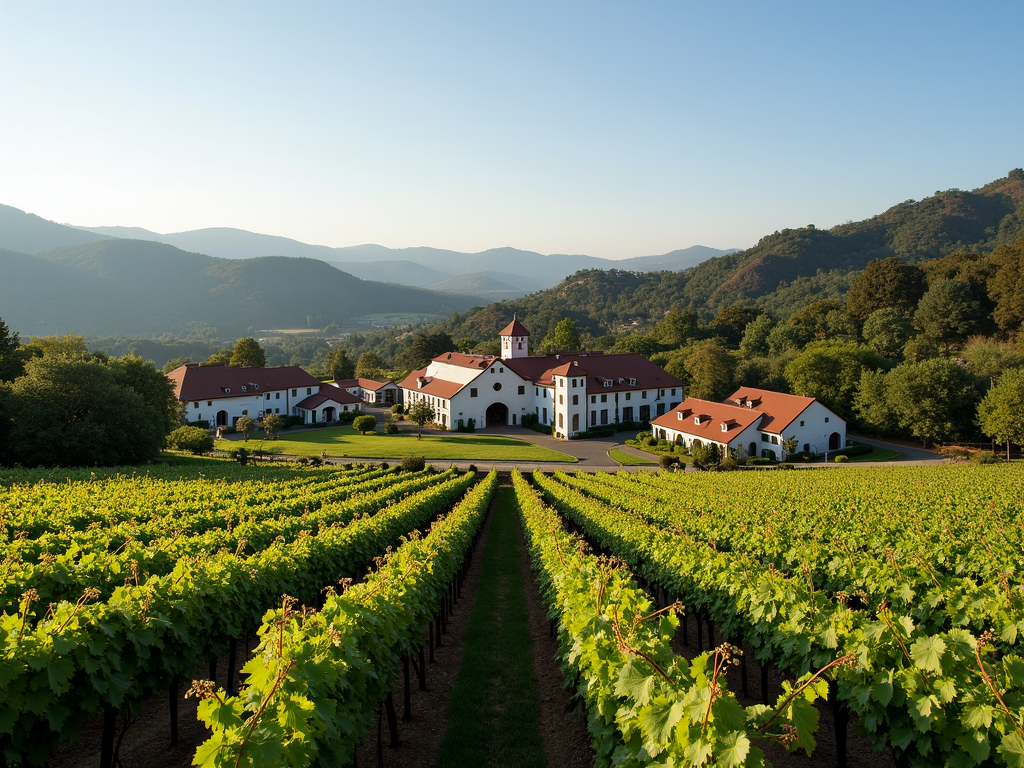
Personal Insights
My own journey into wine began during a memorable trip to Tuscany. Visiting one of the hillside vineyards, I witnessed firsthand the aging process in oak barrels and learned how the winemakers select each barrel carefully.
From tasting a robust Chianti aged for several years to a bright and fruity New World red, I realized how aging techniques can make or break a wine's character. Since then, I have made it a priority to explore different wines based on their aging methods. Understanding different aging methods has allowed me to build a collection that brings together my favorites from around the world.
Conclusion
Wine aging is a complex yet fascinating aspect of winemaking that affects the flavor, aroma, and overall enjoyment of wine. By understanding various aging techniques such as oak barrel aging, stainless steel tanks, and newer innovations like concrete eggs and amphorae, you can make informed choices about the wines you buy and collect.
Whether you're a seasoned collector or just starting, knowledge of these techniques will enhance your appreciation for the craft of winemaking.